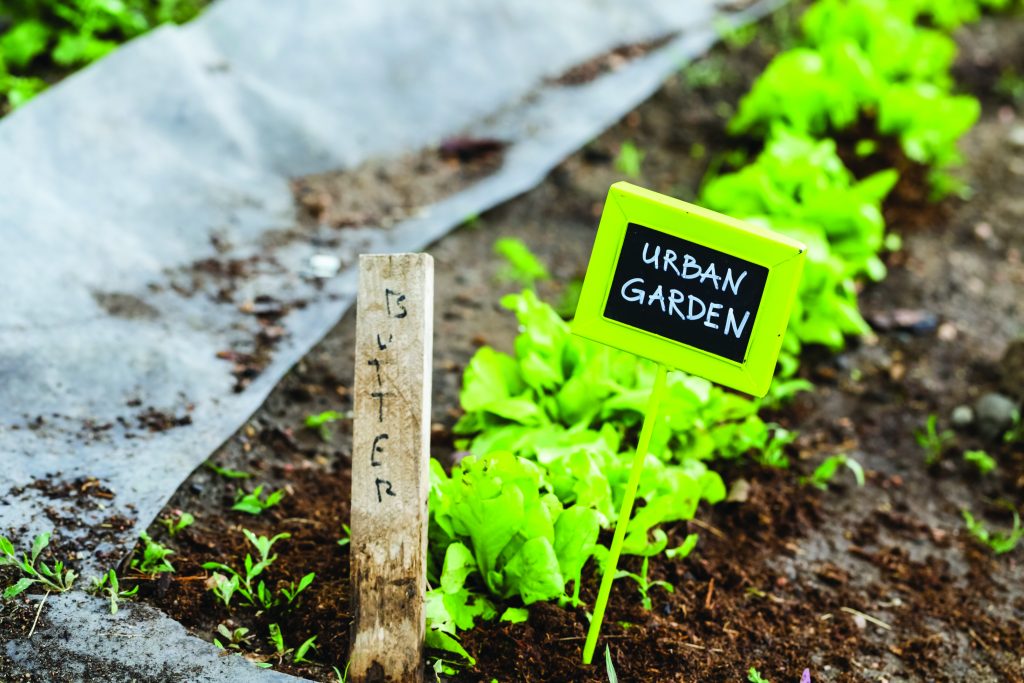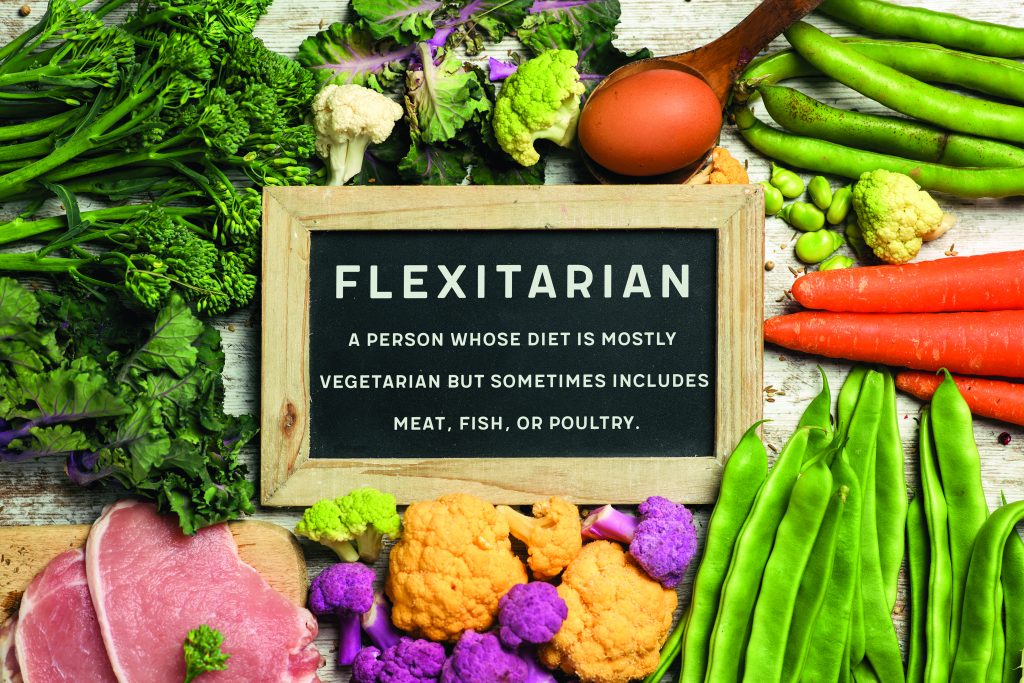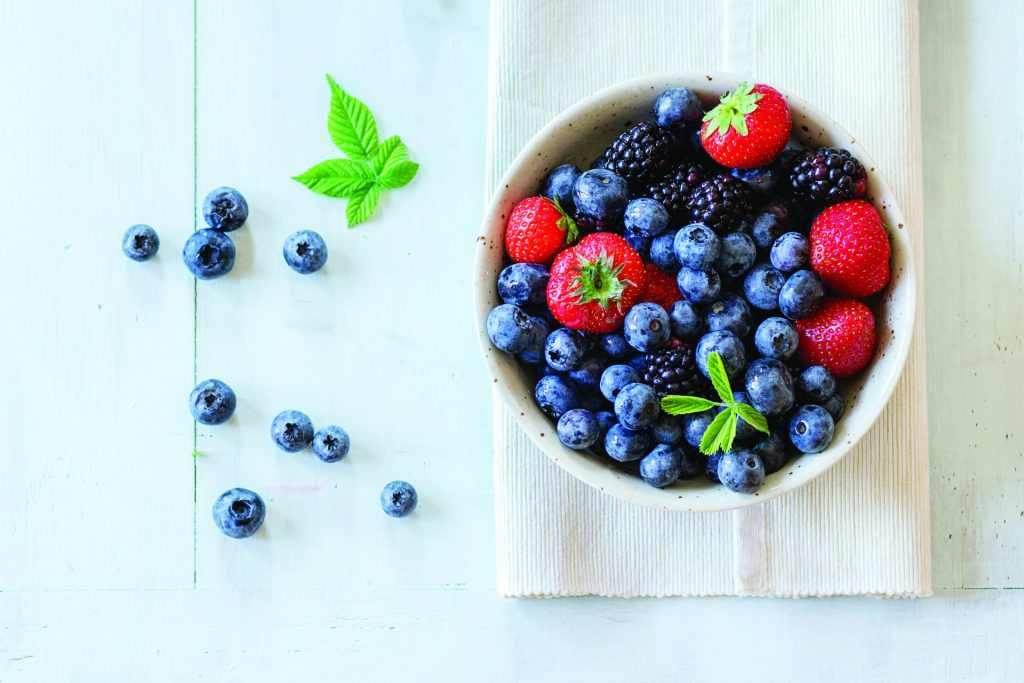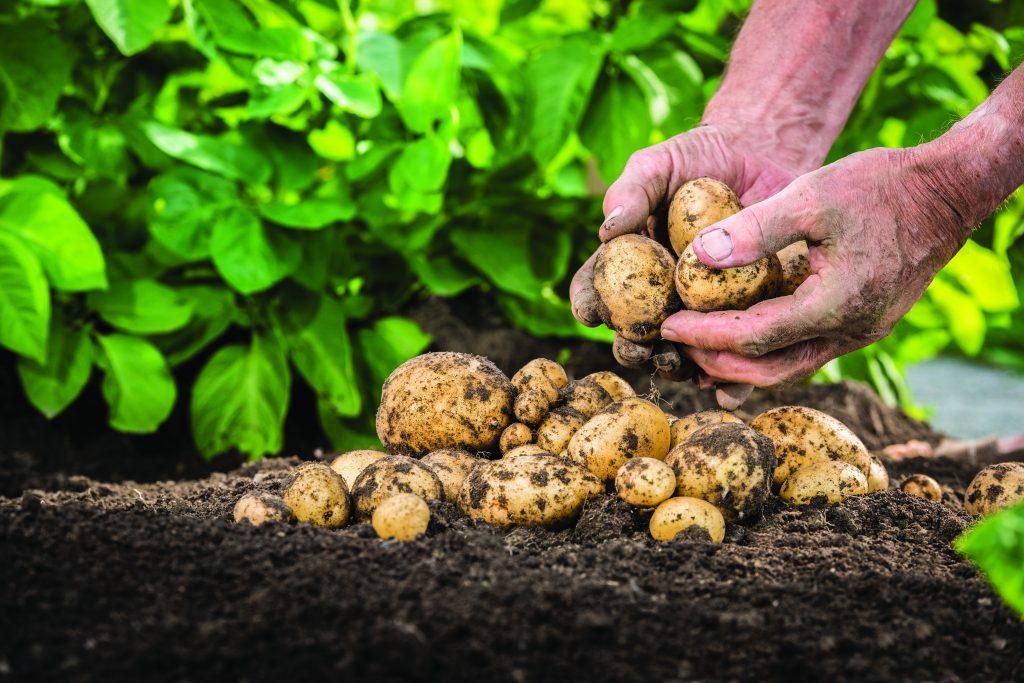Many of the food trends we’ll see in 2019 are as good for us as they are good for the world we live in.

Gardening in the city
While sourcing local ingredients is still high on the list of priorities for many restaurants, you’ll see more chefs just reaching out of their kitchen windows for the freshest produce grown right on the spot. Once a privilege reserved for country inns and farmhouse eateries, city restaurants like the much talked-about Haoma, where Chef Deepanker Khosla is using hydroponics and aquaponics to grow vegetables and herbs and raise the fish he serves right in the middle of Bangkok. Supermarkets like the American chain Whole Foods are getting in on the act, growing their own mushrooms in-store. Home gardeners can also grow their own with hydroponic kits like those available from mega-retailer Ikea.
The return of the tiffin
Alarming statistics that suggest there will soon be more plastic than fish in our oceans have led to a growing awareness of the problem of plastic pollution. Recycling and reusing containers is a big part of the effort to manage waste, but not needing to use plastic at all will reduce overall pollution.

Refillable water bottle programmes around the world like Refill Asia reduce the need for plastic by providing QR codes printed on reusable bottles to geo-localise the nearest refill station. But some solutions are decidedly low-tech, like the return of the old-school stacking lunch box, which now sports bright colours, leak-proof lids and attractive carrying cases. Look out for your first invitation to a sustainable potluck made up of shared home-cooked or purchased food brought in reusable containers, or lead the trend and organise your own tiffin party at your home, school or workplace.

Flexitarianism
Plastic isn’t the only environmental problem that consumers will address in 2019. More than ever, people will also demand humanely raised meat without additives and antibiotics and sustainable fish from clean waters. Vegan and vegetarian diets will be embraced by more followers, but a movement that will be even more widespread will be “flexitarianism”, or a conscious effort to reduce, but not necessarily eliminate, the production of meat and fish that has a huge impact on the environment.
Limiting meat consumption and increasing vegetable sources of protein are not only healthy for the planet but are an important part of a healthy diet as well. A third of all Britons have already made a conscious effort to cut out or reduce their meat intake, and eaters around the world will be making similar choices. The 1.6 million followers of Ryoya Takashima’s YouTube channel Peaceful Cuisine aren’t all vegan. They enjoy the elegant simplicity of his presentation, while reducing their intake of products of animal origin.
Embracing sour flavours
Fermentation has long been used to preserve food and enhance complex flavours. The digestive benefits of traditional fermentation methods have always appealed to the health-conscious, but that awareness is now going mainstream in a big way.

“Fermented foods such as kefir, kimchi, kombucha and even traditional sourdough bread will take centre stage in 2019,” says London-based author and nutritionist Jackie Lynch of the Well Well Well Clinic. “Naturally probiotic foods support the growth of ‘friendly’ bacteria in the gut, relieving digestive symptoms and regulating the immune system, which makes them a highly effective health food.”
Shelf-stable fermented foods will figure even more prominently in shops, and restaurant menus will include more ingredients fermented in-house. Even if you don’t have your grandmother’s recipe for pickles, starter kits for kefir or kimchi, for example, will make it easy for anyone to ferment at home.
Going au naturel on social media

The role that social media plays in shaping our taste for foods is here to stay, but the food that goes viral is changing. We’ll still shoot every dish that comes to the table, but Instagrammers are growing out of their fascination with lurid rainbow bagels and unicorn ice cream, while jet-black charcoal, the antithesis of the unicorn trend, added to everything from cupcakes to pasta is so last year. While plating, setting and good light will still count for a lot, food porn is where unadulterated ingredients look like they do in nature. Look for hashtags like #simplefoods and #naturalfoods to take centre stage in 2019.
Once upon a time
Discussing the distinctive characteristics of a product based on its origin or terroir used to be the ultimate sign of refinement and fine dining. These days, the importance of quality ingredients is a given, so chefs are more likely to talk about their inspiration, their grandmothers slaving over a hot stove, after-school snacks from their childhood, or recipes gleaned from their travels around the world.

At Michelin-starred Labyrinth in Singapore, Chef LG Han presents his menu storyboard-style in the form of a series of watercolour cards, telling the story of each like the Ang Moh Chicken Rice his grandmother cooked for her Western tenants. Chef Massimo Bottura of Osteria Francescana in Modena, Italy, number one on the list of the World’s 50 Best Restaurants, says simply, “My cooking is about storytelling.” The names of his dishes like “An eel swimming up the Po River” prove the point. Look for more and more chefs to follow suit, coming out of the kitchen with stories of their own to tell.
Cooking without borders
Forget about looking for the most authentic Mexican restaurant or family recipes from the chefs’ French, Japanese or Brazilian ancestors. You can even skip fusion, where Peruvian food meets Japanese, sushi collides with pizza, or French haute cuisine techniques are applied to just about anything. These days, chefs are looking beyond national identity to forge cuisines that defy the expectations of a particular label by avoiding the labels altogether.
First-time Michelin star winner Chef Garima Arora of GAA hails from India, honed her craft beside the guru of Nordic cuisine René Redzepi of Noma, and now serves her food in Thailand. Dishes like her dip-able baby corn are nods to all those places while belonging to none of them. French food guru Alexandre Cammas coined the term “inclusivism” to describe the cuisine. Unclassifiable is the new black.
Beyond the food tour
Travelling for food is nothing new. Seeking out the cheesiest cacio e pepe in Rome is as much on anybody’s itinerary as a trip to the Coliseum. But food tourists are now looking for full-on experiences. They don’t want to just eat the pasta but learn all the secrets of making it themselves, too.

In 2019, more people will pull on their wellies to wade into rice paddies or vineyards in Indonesia or South Africa. It doesn’t mean the end of the food tour, but travellers will join bespoke and decidedly un-touristy tours like those hosted by Culinary Backstreet in Istanbul’s multicultural Beyoğlu neighbourhood or Little Adventure’s tour in the overlooked outer islands of Hong Kong, where the people who make the food and the places they live are as important as the food itself. And that Italian pasta? Ask a member of Le Cesarine, a group of Italian women who invite visitors into their kitchens and to their family’s tables to share the traditional recipes they know best.





